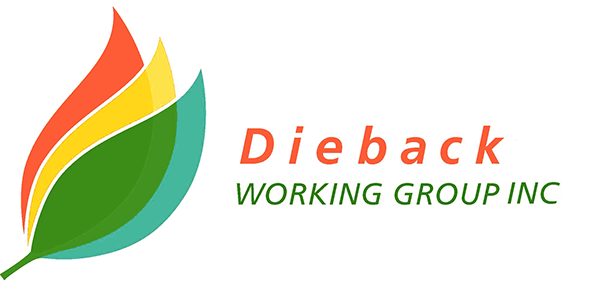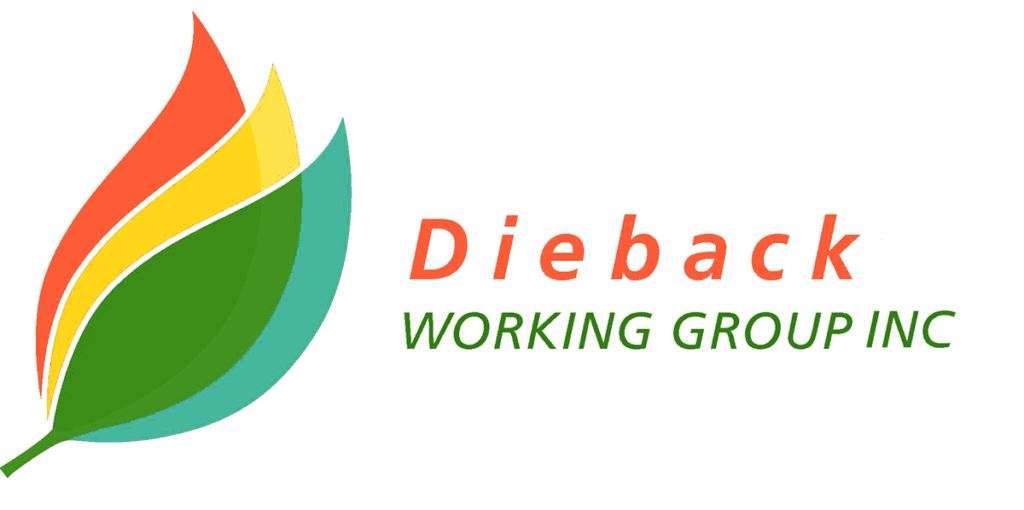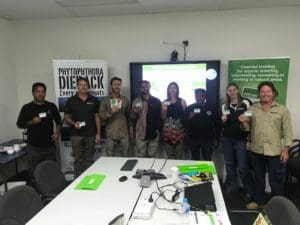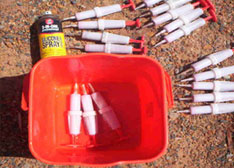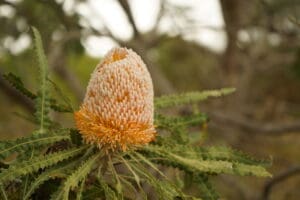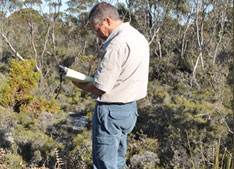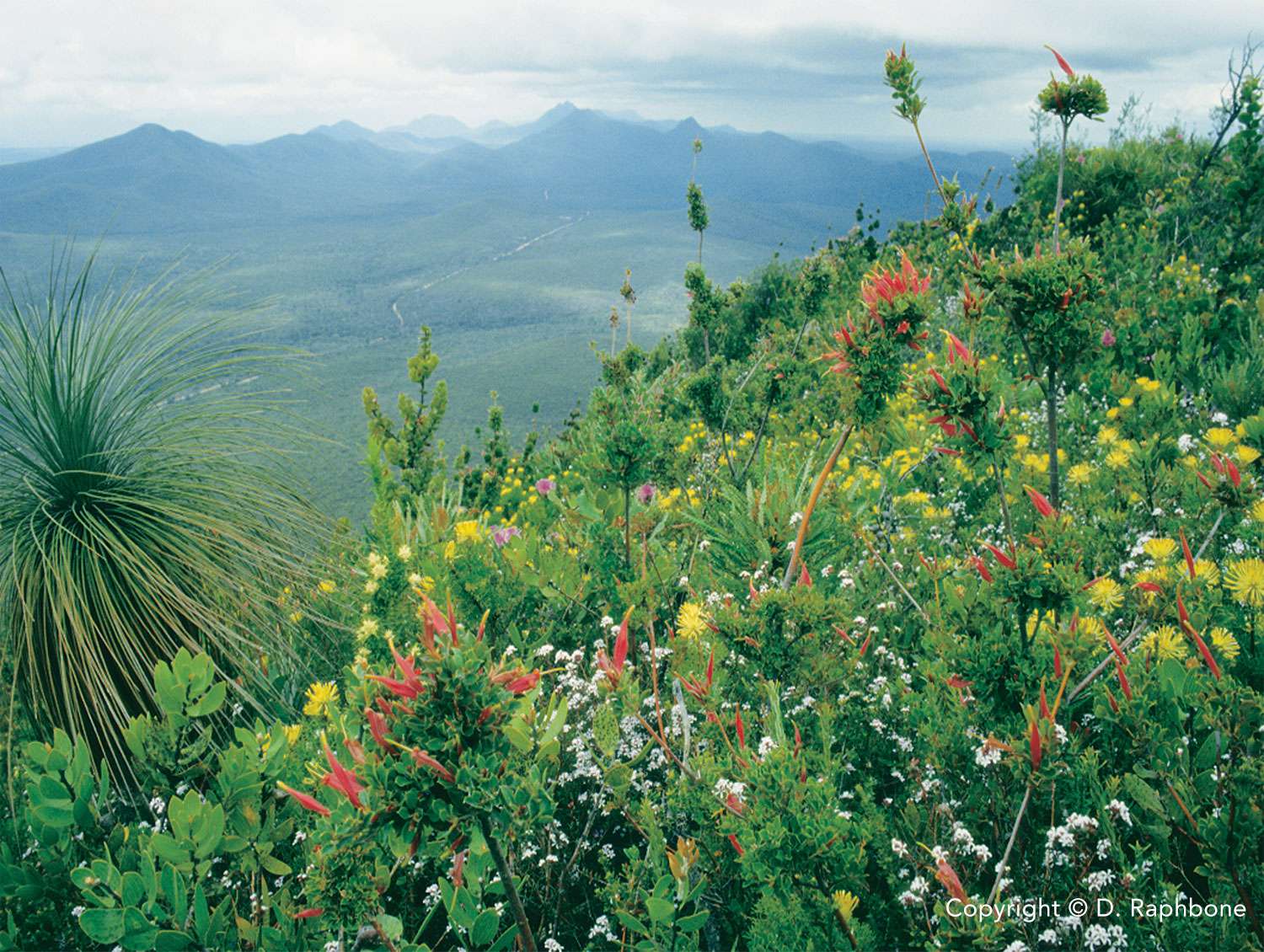
Have you got your Green Card?
Green Card Training (Dieback Biosecurity Awareness Training) offered by the Dieback Working Group is recognised by WA government authorities to gain the skills and knowledge you need to manage your risk of spreading Phytophthora Dieback on-ground.
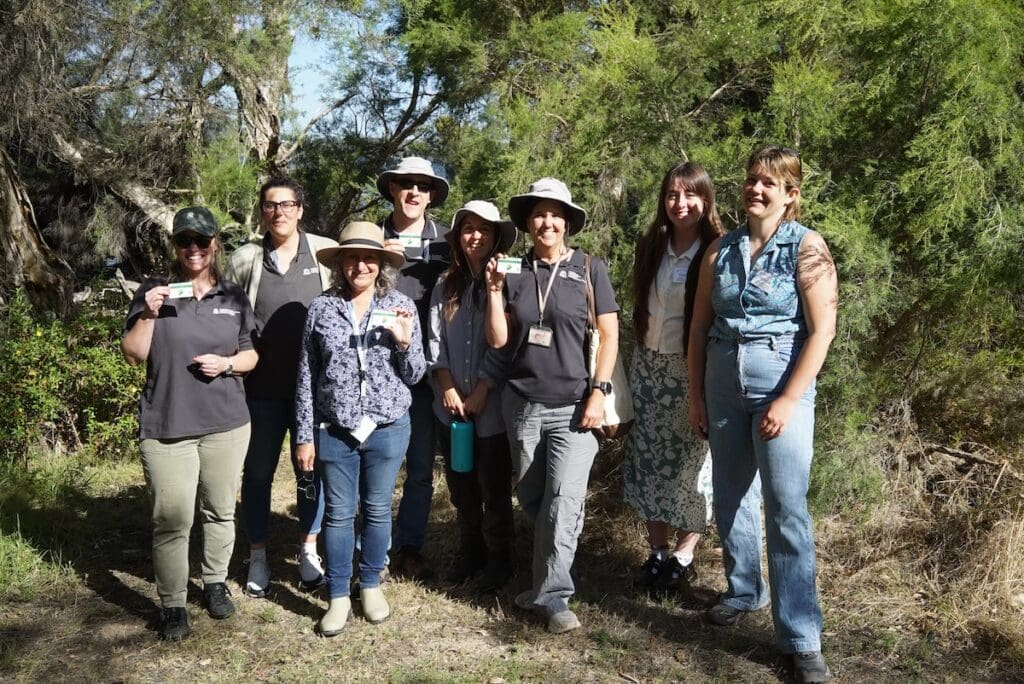
DIG Conference
A BIG thank you to everyone who helped make DIG 2025 a success! We couldn’t have done it without our sponsors, so thank you for your support. Looking ahead, DIG 2026 will mark the 30th anniversary of the Dieback Working Group, so stay tuned for news about this milestone event!
Register Your Interest 2026Check out highlights from the three days of DIG 2025!
Overview
Phytophthora Dieback refers to the devastating introduced plant disease caused by Phytophthora cinnamomi (pronounced Fy-tof-thora – meaning plant destroyer in Greek). There are over 140 species of Phytophthora, but the species that causes the most severe and widespread impacts to native plants in Western Australia is P. cinnamomi.
In the past, Phytophthora Dieback has been known as ‘dieback’ and ‘jarrah dieback’. Unfortunately, these names have contributed to confusion about the pathogen (a plant disease). For example, the term ‘dieback’ is also used to describe tree decline caused by other factors such as salinity, drought and insect damage. Furthermore, the disease affects a huge number of introduced and native plant species other than jarrah. Therefore, to overcome this confusion, the term ‘Phytophthora Dieback’ is now used.
Managing Phytophthora Dieback in Western Australia
Phytophthora Dieback is a widespread concern in southern Western Australia. It’s management is undertaken by a wide range of affected stakeholders from government, industry, landholders, research organisations, universities, and community groups.
In recent years, the growth in tourism and outdoor recreation such as mountain bike riding, geocaching and four-wheel vehicle activities in vulnerable forests and bushland has been a significant concern that requires significant financial investment and stakeholder engagement to mitigate the risks from these activities accidentally spreading significant plant diseases and weeds in natural areas.
This plant pathogen could be considered the most significant environmental threat to ecosystem health and biodiversity in south Western Australia!
